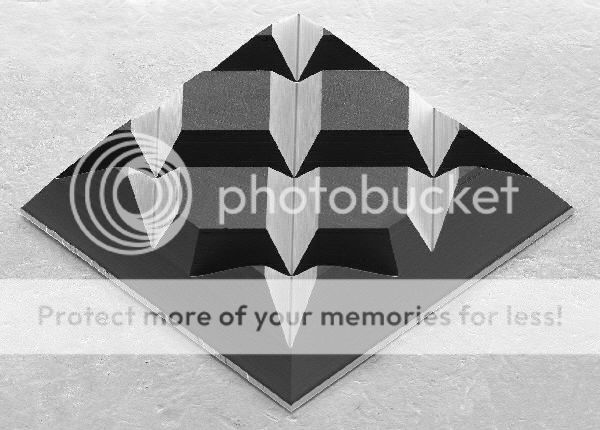AnAppleSnail
Flashlight Enthusiast
So, the more light that hits the reflector, the brighter the hotspot and transition areas will be. That translates to better throw. Sorry, you're wrong.
More generally, the more light that hits the secondary optic or reflector, the more light is in a beam. All light that does not hit the optic or reflector is spill (Or lost inside the light head).
The smaller the apparent source, the more light will be in the 'center' of the hot spot; the larger the source, the more light is outside the 'center' of the beam. This is because reflectors and optics focus perfect points into perfect beams of light (See: Parabola). An imperfect point makes an imperfect beam of light (With diffusion and the hotspot/transition/spill) as seen in flashlights.


